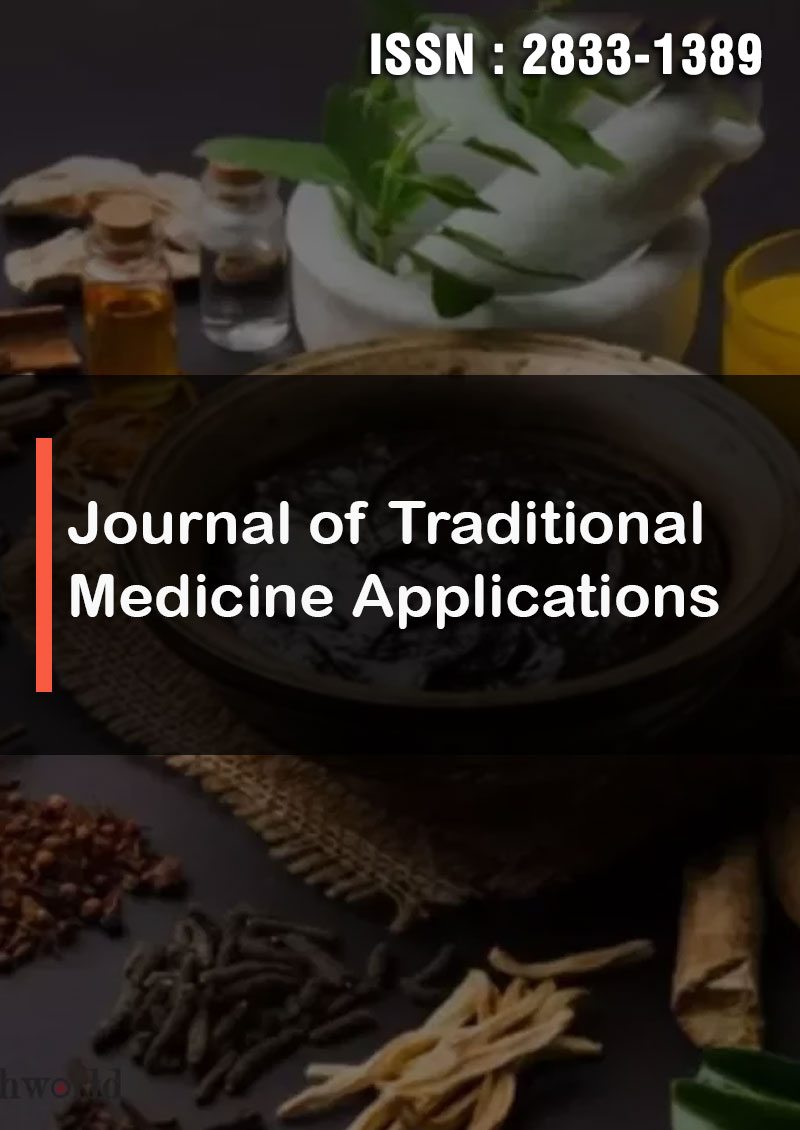Health Benefits and Medicinal Value of Pentaclethra Macrophylla
Abstract
Philippa C Ojimelukwe
The Pentaclethra macrophylla tree is a presently underutilized medicinal plant despite its potentials. It has a wide range of medicinal uses (dyslipidaemia, antisicking, antimicrobial, wound healing, antihelminthic, analgesic, anti-diabetic, anti- diarrhea, antinoniceptive, fertility promoting properties etc) in different ethnobotanical settings. There is scientific evidence for the antisickling, antiulcerogenic, anti-inflammatory, antinoniceptive, antioxidant, analgesic, anti-hyperlipidaemic properties. These potential medical claims are not yet sufficiently studied and clinical studies have not been conducted on them. A major bioactive compound found in the leaf is extract is phenanthranone while a significant amount of 6-octadecanoic acid is found in the stem bark. P macrophylla is also rich in oil (44-47% oil) made up of 75% saturated fatty acids and 25% unsaturated fatty acids (mainly linoleic and linolenic acids). The crude protein content is high (36.2- 43.89%), and the essential amino acid profile is good except for sulphur containing amino acids. The seed oil contains a lot of sisoterol. Paucine and caffeoyl putrescience (harmful substances) found in the seeds are detoxified by the fermentation process. Several bioactive compounds in P. marophylla such as bergenin and citronellol possess medicinal value (anti- cancer, anti-inflammatory, anti-oxidant and wound healing properties etc.). A lot of research input is still required to elucidate the health benefits and medicinal value of P. macrophylla. While the bioactive compounds in the stem bark and seeds have been, elucidated bioactive compounds in the roots have not been studied. Most of the medicinal uses of this plant are based on ethnobotanical practices and require studies with animal models as well as clinical studies for their authentication.




